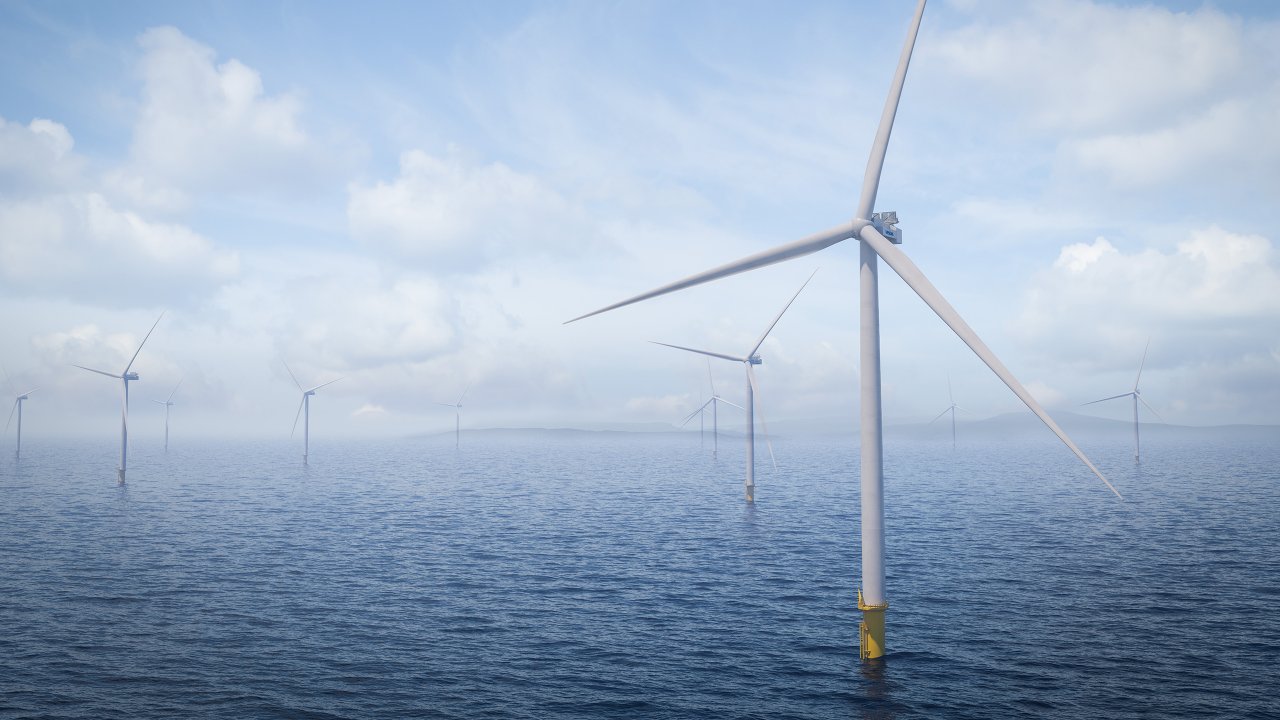Empire Offshore Wind, the joint venture that Equinor and BP Energy plan off New York Harbor, has entered an agreement with turbine manufacturer Vestas for 15-megawatt turbines — up to 138 machines that would provide 2 gigawatts potential for the two-phase project.
The agreement is a sign of how wind developers anticipate the U.S. market is primed for the next generation of bigger, more efficient turbines, with blade tips approaching 1,000 feet above the sea surface.
But a few days before that Oct. 18 announcement, the partners filed a motion with federal energy regulators saying the projected completion date of the first Empire Wind I 816-MW stage should be pushed back to late 2026, citing the lengthy process for obtaining permits and construction offshore.
The venture is being squeezed by an agreement with the New York Independent System Operator grid operator that called for Empire Wind to be feeding power onshore by June 14, 2025. In its filing with the Federal Energy Regulatory Commission, the developers said it’s impossible to meet that date with the now-anticipated timelines.
“Given the expected timelines for receiving action on key permits and governmental approvals, coupled with the inherent complexities of constructing and commissioning New York state’s first large-scale offshore wind generating facility, Empire Wind currently anticipates that the project will achieve COD (commercial operation date) on or before December 2026,” according to the developers’ petition document filed with FERC.
Empire Wind already knows that date “to be impossible and which is inconsistent with representations that Empire Wind has made to other authorities,” the petition states.
But the developer wants to assure “NYISO and other stakeholders that it is making reasonable progress toward the completion of its project” despite the delay of interlocking permitting and other timelines.
Despite that delay Empire Wind touted its agreement with Vestas to buy the next generation of biggest turbines with the V236-15MW generator design.
“The turbines have the highest rated capacity available in the market today, which is a great fit for the high ambitions we have in this project. We have chosen the technology which will provide the best value for Empire Wind from the world’s largest turbine manufacturer. This is state of the art technology moving the boundaries of wind energy production,” said Arne Sigve Nylund, executive vice president for projects, drilling and procurement at Equinor.
Doreen M. Harris, president and CEO of the New York State Energy Research and Development Authority, said the preferred supplier agreement means the state is “leading the development of a rapidly growing offshore wind industry in the US. This is just a starting point as we continue to progress the projects and harness the local supply chain.”
With Empire Wind, NYSERDA and state economic development agencies have been working to build infrastructure and jobs in offshore wind from long-underused waterfront in New York City all the way up the Hudson River valley.
Turbine tower sections and other components for Empire Wind will be manufactured at a new plant at the Port of Albany built by Marmen and Welcon, with supplies from Vestas. Empire Wind said it’s expected to be putting tower sections out by the end of 2023 – employing 350 direct local jobs.
From Albany the tower sections would be barged down the Hudson to the South Brooklyn Marine Terminal for staging before being moved offshore to the Empire Wind lease area, south of Long Island and tucked between two of the shipping traffic lanes into New York Harbor.




